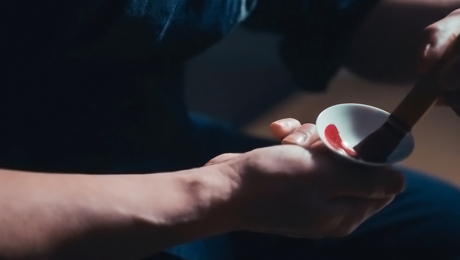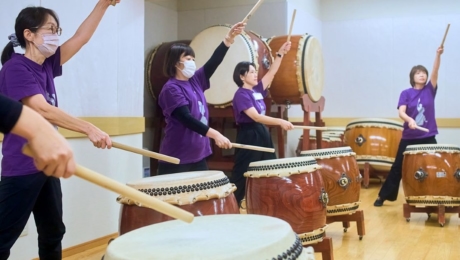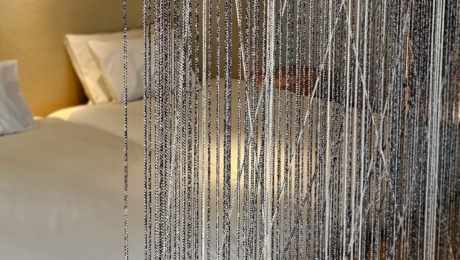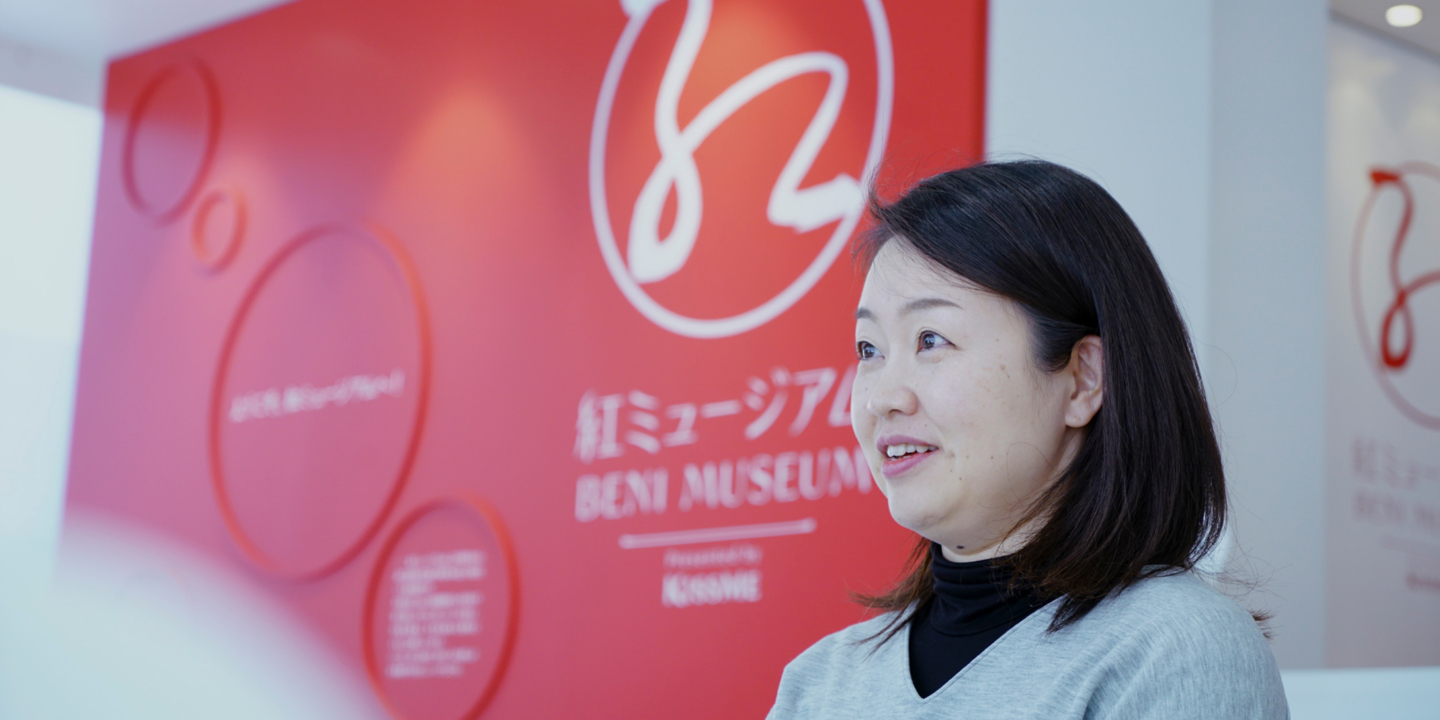
“Isehan Honten” is still the last workshop in the nation to protect Komachi Beni, a symbol of beauty of the Edo period. Kurenai, which brought color to important events, now acquires a new charm.
2021.02.17
LIFEThere is not a single Kurenai. Imagine all the shades of "red" that exist. Some change color and those of good quality become "iridescent". Sometimes used as a cosmetic and edible colorant, it has added color to major events in the lives of Jap-anese people, such as births, doll festivals, birthdays of 3, 5 and 7 years, weddings and the 60th anniversary for example. What message does Kurenai convey?
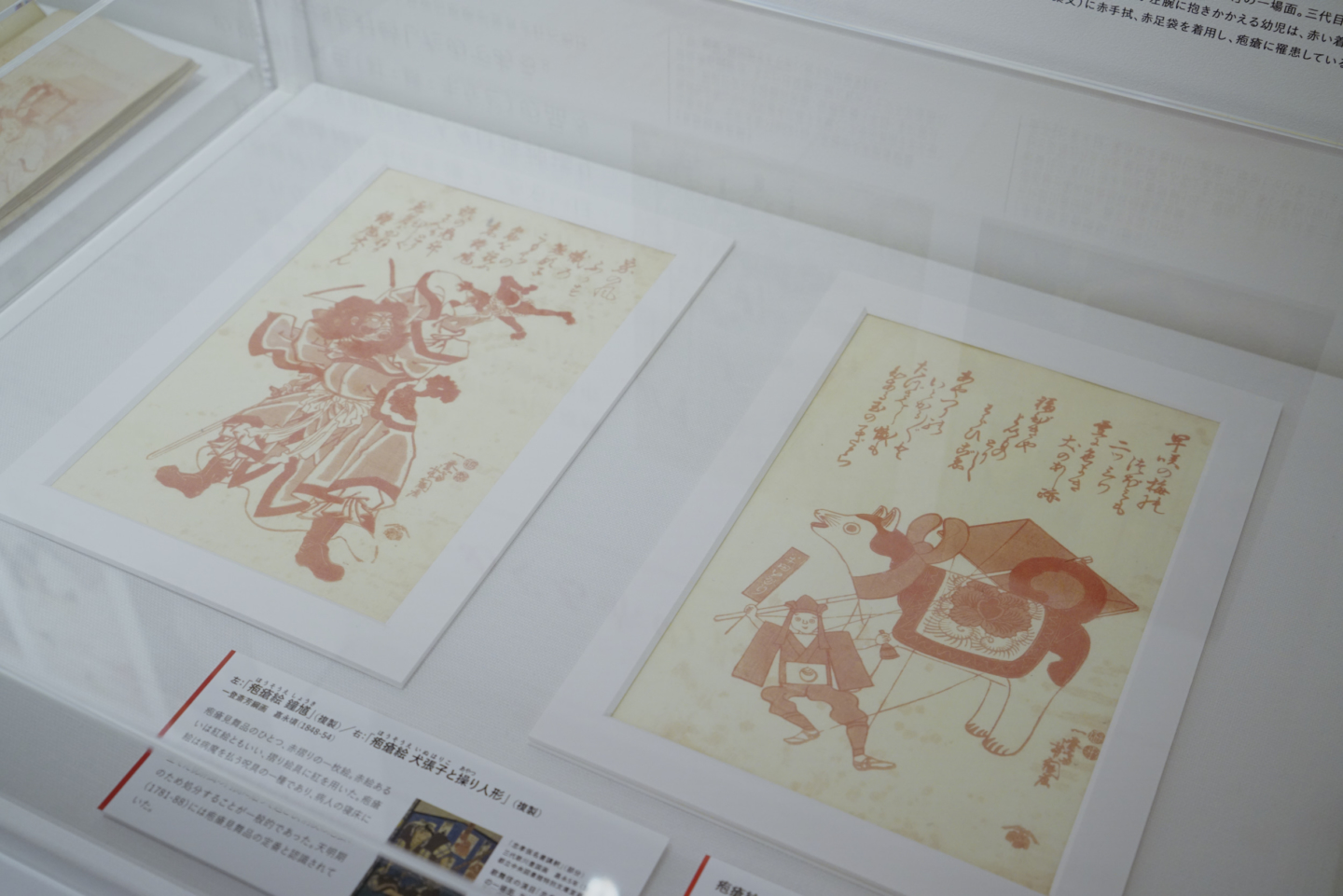
During the Edo period, infectious diseases such as herpes and measles were widespread. At that time, a “smallpox painting” made in red seemed to be very popular. Indeed, it was hoped that it would decorate and protect the room against the disease.
Even today, Kurenai culture is still passed on thanks to the skills of craftsmen and cultivators.
“Isehan Honten” will present documents and organize workshops related to Kurenai on the occasion of the exhibition. Safflower is said to originate in the Middle East and Egypt, and was introduced to China via the Silk Road and to Japan in the middle of the third century. Its extraction methods were imported with it. Only 1% red pigment is contained in the saf-flower petals. Without many years of experience and a few secret formulas, extraction is impossible. Moreover, its cultivation is not an easy task.
“At present, only a limited number of farmers in Yamagata Prefecture have this knowledge, which is necessary for growing safflower and for making mochi. Safflower is also used as a Chinese medicinal plant, so, there, petals are dried. They are also sold but even with the same method of manufacture, these beautiful colors cannot be extracted. It requires specific know-how. Of course, this know-how and the secret recipe passed down through the generations are important, but the unfailing support of many players, such as farmers and citizens who help with the cultivation every year, is also essential.
It is quite mysterious to note that yellow safflower, which originally contains red pigment, takes on an “iridescent” color after being handled by craftsmen. In addition, color turns red over time depending on humidity, light and time. Kurenai depends on the reflection and efforts of all those involved in its production.
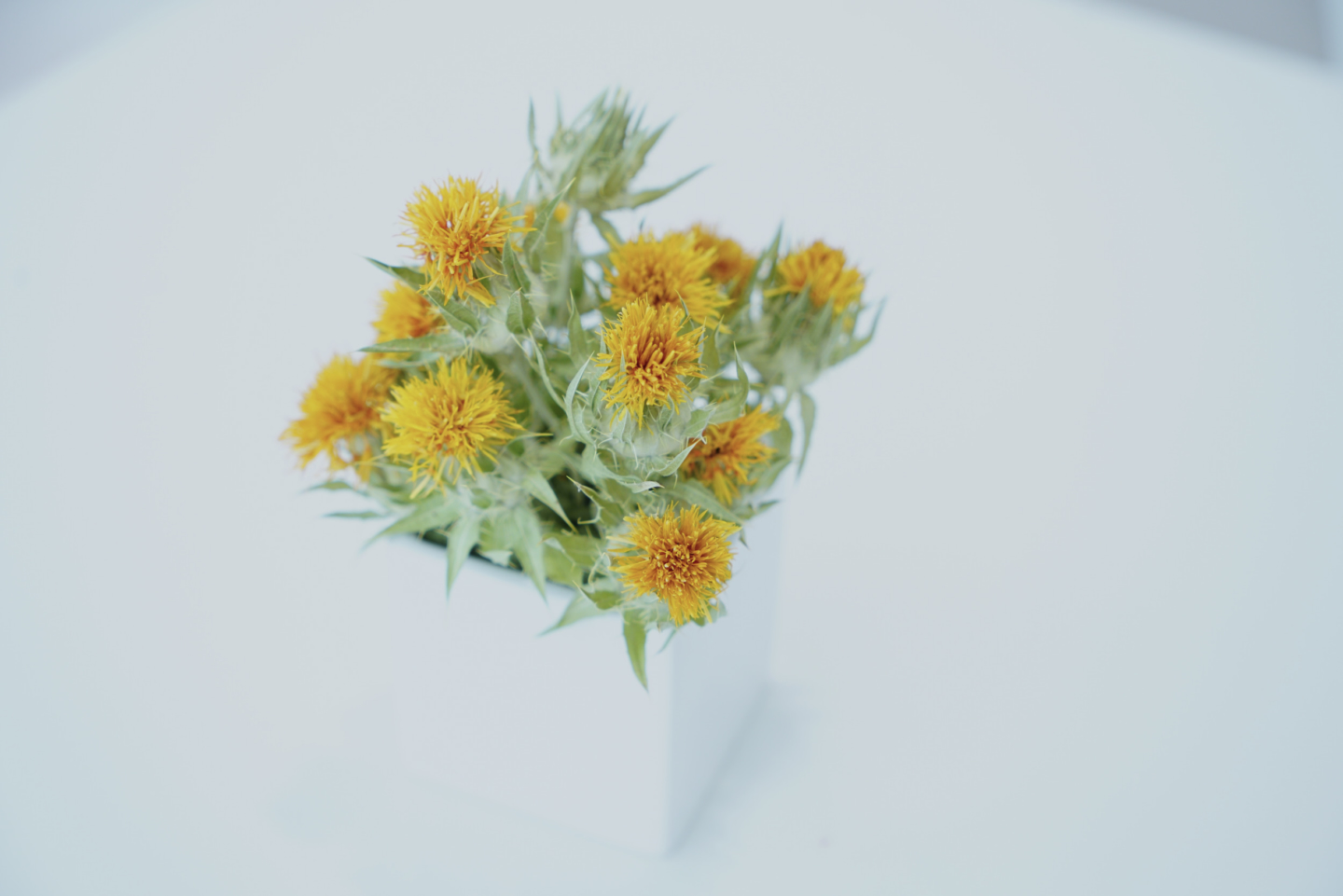
When harvesting, each petal must be chosen carefully. Its ability to develop in this way is also due to the specialized cultivation meth-ods of its growers.

In the past, Kurenai was used to tint the inside of cups, plates, bowls and shells. This iridescent red was obtained by moistening the brush with water or saliva.
The aesthetic sense of Edo is still familiar today. I’d like you to perceive the charm of “Kurenai”.
Kurenai, which has a rich history, was often used in the Edo period and fascinated the people with its appeal and beauty. At that time, women used the unique color of Kurenai to make up and embellish themselves. It was used as a lipstick but also as a base before eyeshadow, blush and white powder. Sometimes it was also applied on the earlobes to perfect the appearance as well as on the nails. The desire to always look your best echoes modern women.
“I think one of the charms of Kurenai is that it is made entirely of natural ingredients. Today, cosmetics abound and the constant quest for beauty has given rise to a multitude of fragrances and ingredients. There are products suitable for sensitive skin, long-lasting and even that prevent lips from sticking to the glass during meals. Used wisely, it will give a natural effect and color. I think that the fact that Kurenai can satisfy all a woman’s makeup styles reflects how culturally-rooted it is in Japan.
The value of beauty remains unchanged. This is because we, who live in the present day and age, can realize the charm of Kurenai as people of that time by knowing its history and background. Don’t these many discoveries about the Kurenai provide an excellent opportunity to perpetuate its culture in the future?
Photo by Satomi Yamauchi


